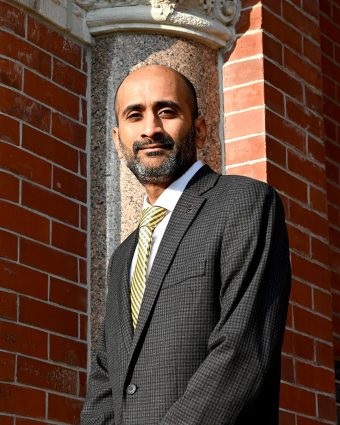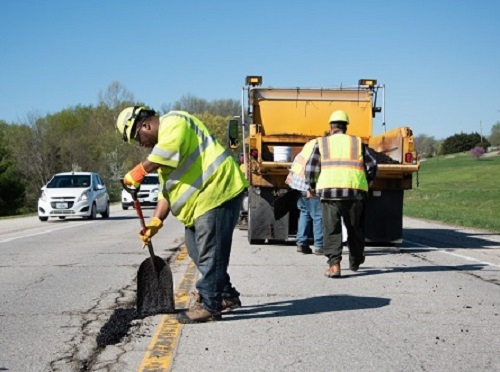The college of engineering at the University of Missouri recently established the Missouri Work Zone Safety Center of Excellence or “MOWZES” to develop behavioral, educational, engineering, and technology solutions to achieve zero fatalities and serious injuries in highway work zones.
[Above photo by Missouri DOT]
The first focal point for that new center – which is supported by over $1.5 million in combined funding from the Missouri Department of Transportation and the Federal Highway Administration – is the five-to-seven-year long I-70 project, which aims to improve the east-west transportation corridor connecting St. Louis and Kansas City.

Praveen Edara, interim dean for the college of engineering at the school and founding director of MOWZES, said in a statement that he is “excited for the opportunity” to help MoDOT and its construction partners test new innovations to make highway work zones safer as the Statewide Improve I-70 Program begins to take shape.
“Fatalities and serious injuries continue to be on the rise in highway work zones, with data showing a disproportionate amount of distracted driving, speeding and commercial motor vehicle involvement in these crashes,” Edara said.
“The center establishes a one-stop resource for transportation and industry partners within the state of Missouri by leveraging our existing strengths in research and our collaborative partnerships,” he added. “As part of a land-grant university, our mission is to help the citizens of our state, and we all use highways and travel through work zones.”
The center’s research efforts will focus on four key areas:
- Integration of emerging technologies like smart work zones and autonomous vehicles.
- Use of data and tools such as artificial intelligence and machine learning algorithms to improve safety and predict crash risk.
- Developing countermeasures to address distracted driving and other adverse driving behaviors to improve worker safety.
- Developing accommodations for vulnerable road users such as bicyclists, pedestrians and people with disabilities.
“During peak season, MoDOT has 800 work zones active every day,” said Ed Hassinger, deputy director and chief engineer at MoDOT. “Having the MOWZES as a resource will be a great asset in our efforts to drive down work zone fatalities and serious injuries.”
The center, overseen by an advisory board of public, private and academic partners, also uses the university’s transportation simulation lab, ZouSim, to study innovative solutions without putting drivers or others on the road at risk before they are ready for real-life implementation.
 Nation
Nation
Registration Open for AASHTO’s Winter Rail Meeting
December 19, 2025 Nation
Nation

